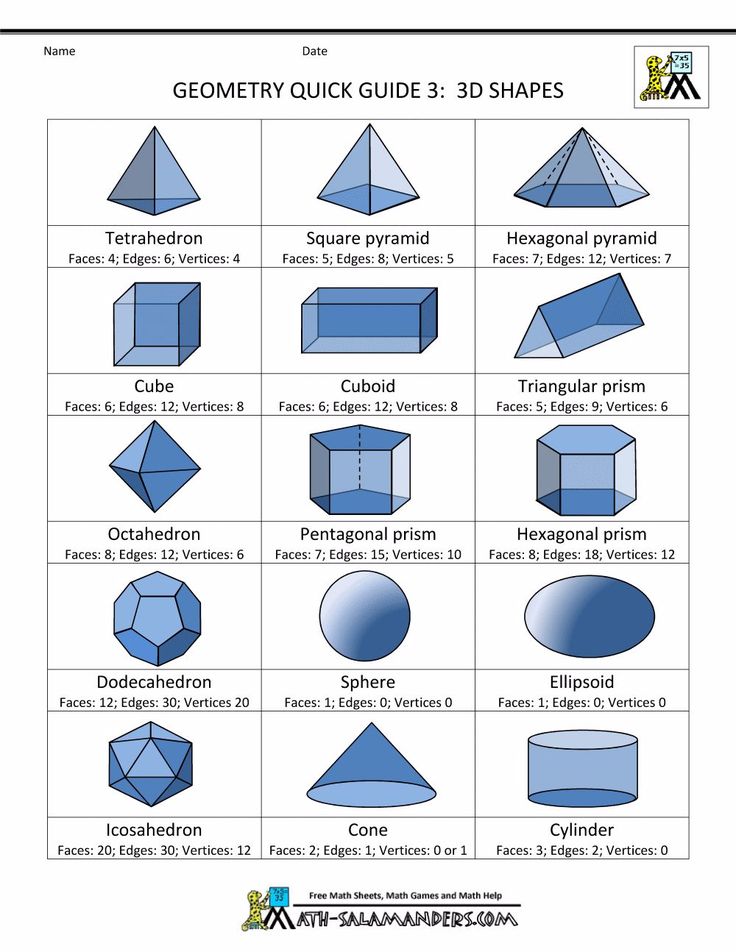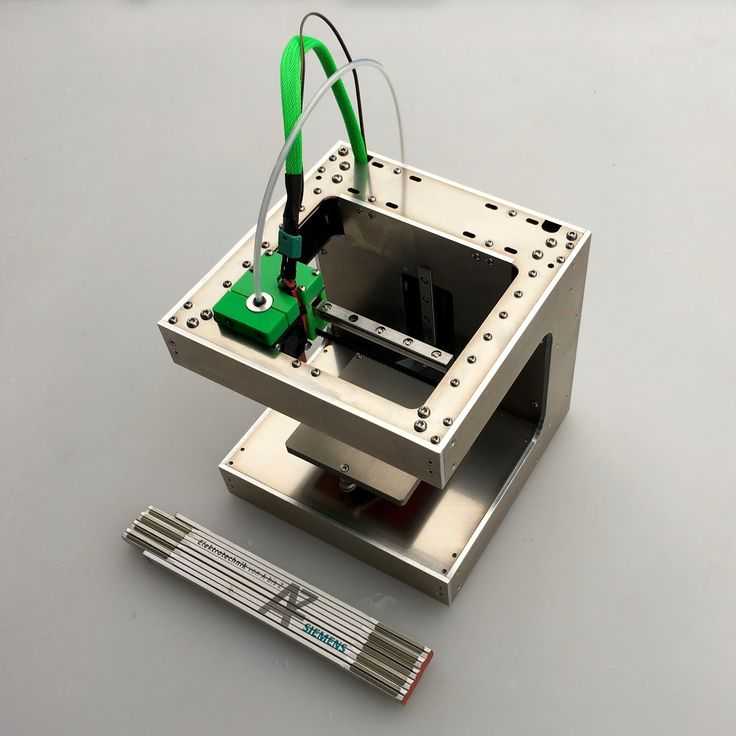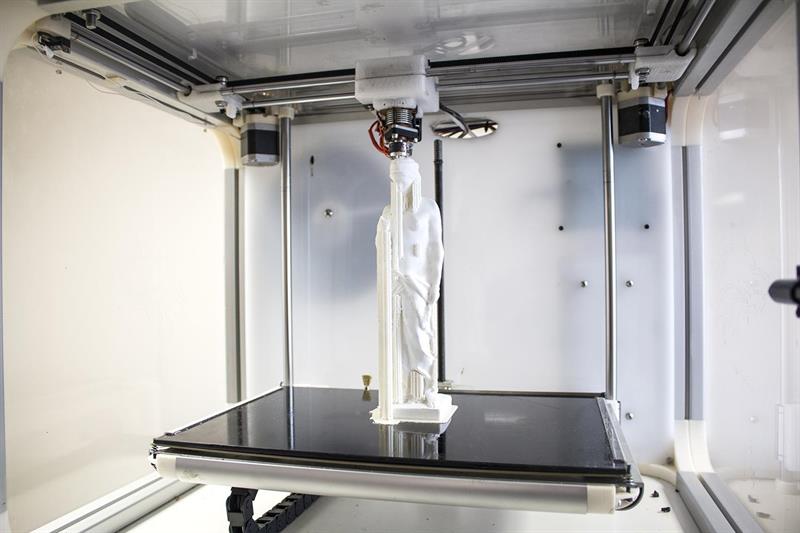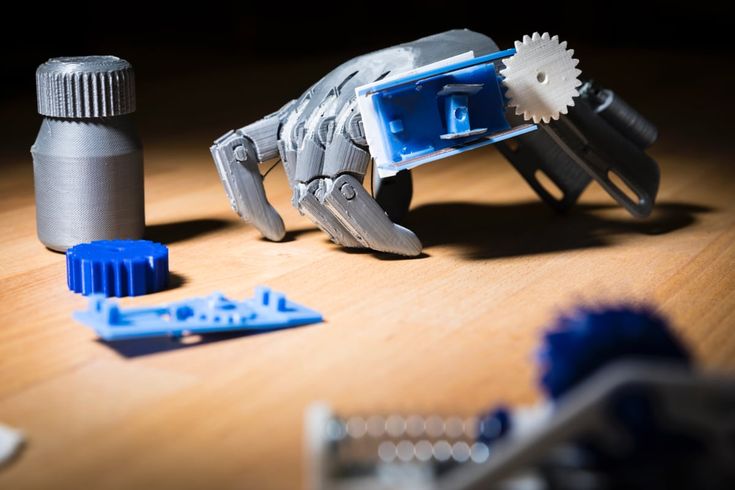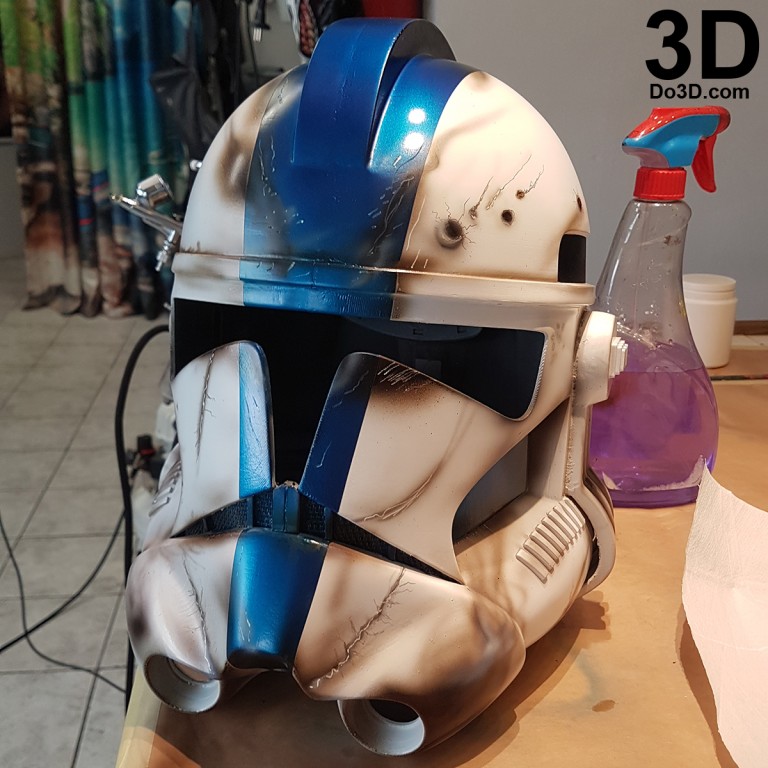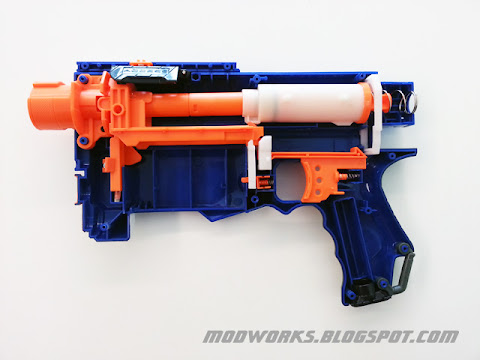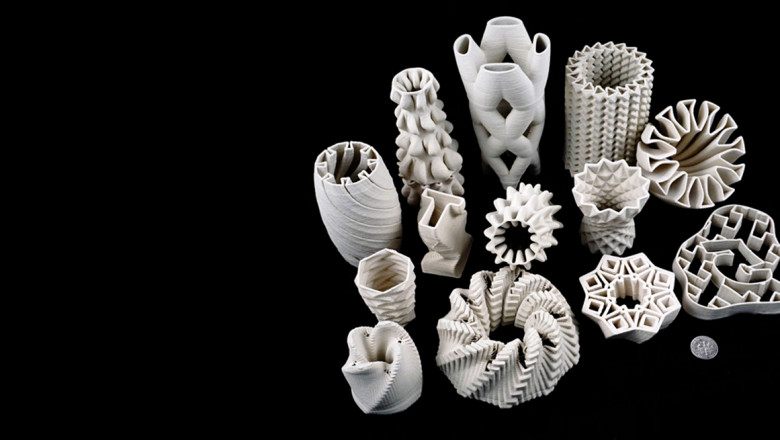3D printing math lesson plans
9 Ways Teachers Can Use a 3D Printer to Teach Math and Science
We completely understand: 3D printing can sound intimidating. But it can open so many doors for students, especially in math and science.
Fear not, brave teacher. We’ve got just what you need to move your 3D-printing goals forward—whether your 3D printer has a cozy little spot in your supply closet, silently collecting dust, or you and your students have jumped feet-first into 3D-printing projects.
Get moving and shaking with these project ideas:
1. Design custom artwork frames.
This project is perfect for elementary students. They’ll practice their geometry skills as well as calculate measurements, weights and balance as they design a modular frame for a specific piece of art. As an extension, challenge students to create decorations that can snap on and off of the frame for a fully customized display.
Credit: Dremel Dreams, created by O’Donnell Learn
2. Go cross-curricular.
Here’s a fun idea! Brock Perkins, a fifth grade teacher at Winchester Thurston School in Pennsylvania, teaches an extensive cross-curricular unit on the Middle Ages. Students learn about the lives of the peasants and the nobility, castle structure and design, and they study siege machines like catapults and battering rams.
He and the school’s instructional technology specialist, Katie Weber, introduced the 3D-printing element of the project by printing out several different designs of catapults (found on www.thingiverse.com) and predicting and then testing the ability of these machines to launch projectiles. They then pair students up to brainstorm a design of their own to print on their 3D printer.
“Their task is to create an ‘anti-siege’ machine to protect their castles from invaders. They sketch their ideas and then work in the online CAD program Tinkercad to design their machines,” says Weber. “Luckily, our middle school students have extensive experience in Tinkercad, so they can help our fifth grade students with their creations.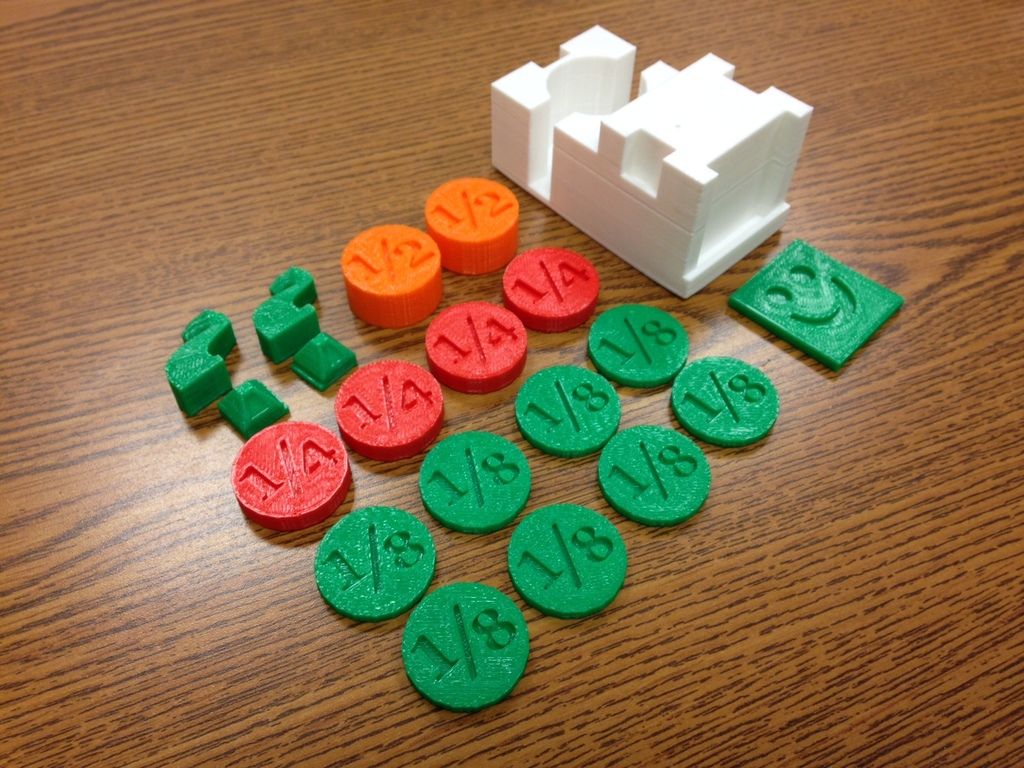 ” After much trial and error (including resizing and flipping designs), the final products often look amazingly like the original brainstorming sketches.
” After much trial and error (including resizing and flipping designs), the final products often look amazingly like the original brainstorming sketches.
Credit: Katie Weber at Winchester Thurston School
3. Give an open-ended challenge.
What if kids could create something that helped solve a real-world problem? A 10-year-old in Texas used a 3D printer to create a prototype for his idea that could prevent deaths when children or pets are accidentally left in vehicles on hot days. His design is in progress and may even get a patent. Show this clip to your students to inspire them to design their own solutions to real-world problems.
4. Print physical maps.
Teacher Chrissie Mahl helped her students use 3D printers at her school to create physical maps of Virginia to show the five regions of the state. Their models illustrate the coastal plains, piedmont, the Blue Ridge Mountains in the western part of the state, the valley and ridge, and the Appalachian plateau.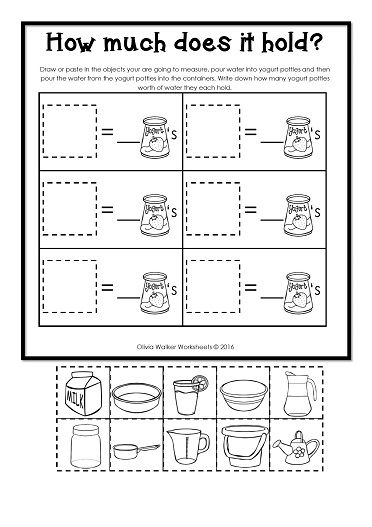 A great way to bring geography into the classroom!
A great way to bring geography into the classroom!
Credit: Christine Mahl at Pembroke Meadows Elementary; Virginal Historical Society
5. Explore geometry with 3D models.
The idea of creating 3D models with your students may seem like an unachievable goal. But one third grade class at Highcastle Public School in Toronto, Ontario, did just that. Here, they break down the steps in a math lesson that resulted in the students designing and printing their own 3-dimensional castles—for real!
6. Design and print bugs.
Clark Barnett, a teacher and education technology consultant for the Conejo Valley Unified School District in Thousand Oaks, California, found that inviting students to design and print their own bugs was a terrific way to engage them in ecosystems, entomology and engineering all at the same time.
“Even though we were studying insects, there is a lot of engineering involved. For example, the legs have to be designed to support the weight of the bug’s body.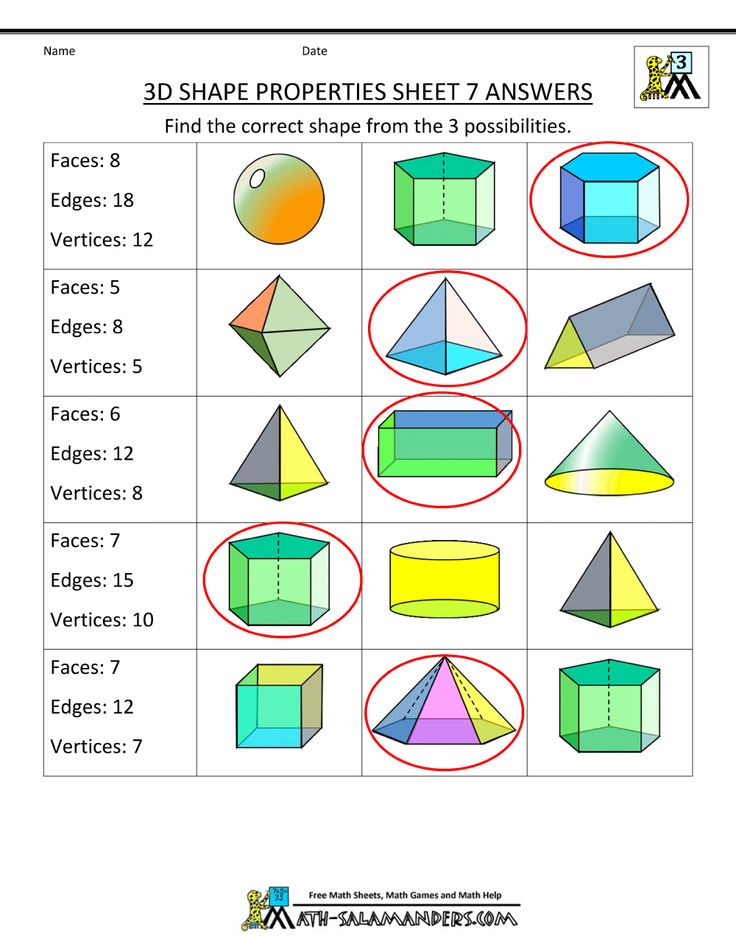 3D printing makes it easy to bring in engineering techniques and see how things work,” Barnett said. You can learn more about the process here.
3D printing makes it easy to bring in engineering techniques and see how things work,” Barnett said. You can learn more about the process here.
Credit: Clark Barnett at Conejo Valley Unified School District
7. Teach fractions and area.
Teacher Jason Padilla from PS 39 The Francis J. Murphy Jr. School truly believes in using 3D printing to bring learning to life. His students use a 3D printer to create math manipulatives to help study fractions and explore the concept of area.
“They can see that shapes have specific area and take up space,” Padilla said. “Printing out the shapes they create, students have to ensure that their prints are not too big for the printer to make.”
His students have also printed out cubes to use to create area models of various sizes, and downloaded a Fraction Pie that helps them visualize parts of a fraction as it relates to a whole, determine which fractional unit is larger, and how fractions and decimals are related.
Credit: Easy as Pie Fractions by ThreeDeePrint.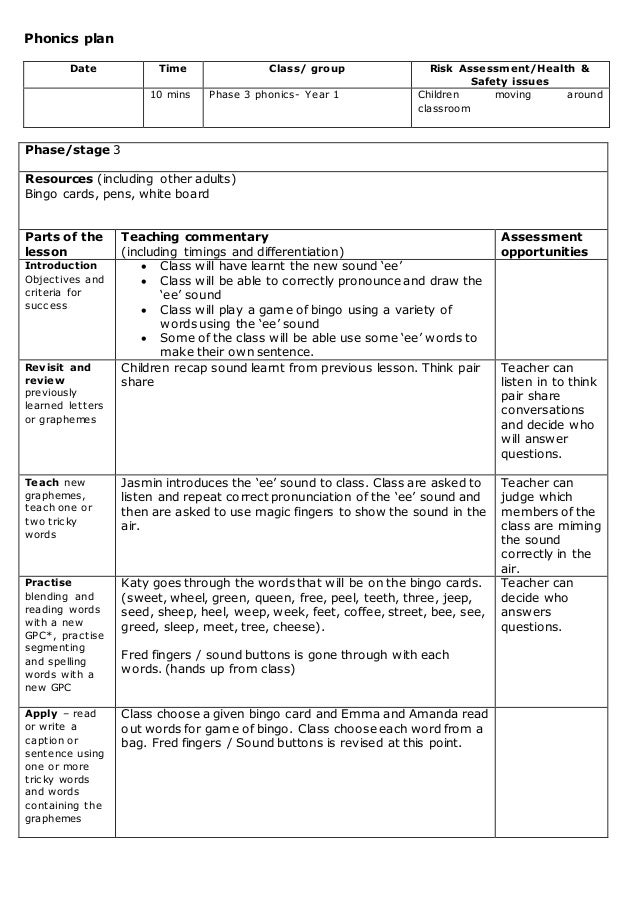
8. Print equations.
In his role as a K–12 technology facilitator for the Union City, New Jersey, Board of Education, Marcos Navas enjoys finding new ways to engage students. Using 3D printers, he helps high school algebra students print 3D representations of equations so they can visualize and conceptualize math problems with 3-dimentional objects.
“3D printing is a motivational tool for students,” Navas says. “When they can actually bring something they’ve worked on to life and hold it, it gives them a reason to keep learning.”
Learn more about this 3D equation project here.
Credit: Dremel Dreams, created by Marcos Navas
9. Find volume.
Instructional technologist Kelly Hong from the Hutto, Texas, Independent School District helped fifth graders learn how to find the volume of irregular 3D figures in math using a 3D printer. First, the students used Tinkercad to build irregular figures. They then printed them and calculated the volume.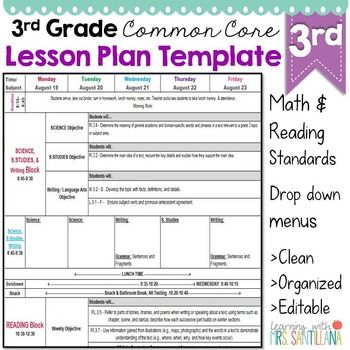 A great idea for fostering both math and creativity!
A great idea for fostering both math and creativity!
“I’m always amazed at how quickly students learn to use technology tools,” says Hong. “Allowing students to use technology to solve problems, do research and present ideas gives them a better real-world understanding of the skills they’re developing, and it keeps them super-engaged.”
Credit: Kelly Hong from the Hutto, Texas, Independent School District
Download a FREE 3D Printing Lesson Plan for the SKETCH Classroom
In this 3D Printing Lesson Plan, students will verify (A+B)³ as a mathematical expression based on physical measurement through the use of modeling and 3D printing.
Lesson Plan: Math Expressions (A+B)³
Creator: Venkateswaran
Subject: Math
Grade Level: 7th-9th
Level of Difficulty: Easy
This lesson plan is featured with the MakerBot SKETCH Classroom. With the SKETCH Classroom, students get more access to 3D printing and teachers are set up for success.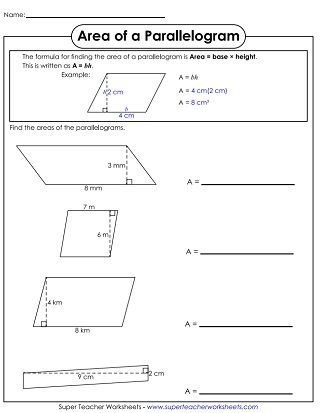 This offering goes beyond the hardware and incorporates MakerBot's complete education ecosystem, providing educators and students with the tools and resources they need to succeed. Learn more about the MakerBot SKETCH Classroom here.
This offering goes beyond the hardware and incorporates MakerBot's complete education ecosystem, providing educators and students with the tools and resources they need to succeed. Learn more about the MakerBot SKETCH Classroom here.
STANDARDS COVERED
MS-ETS1-3 ENGINEERING DESIGN
Analyze data from tests to determine similarities and differences among several design solutions to identify the best
characteristics of each that can be combined into a new solution to better meet the criteria for success.
HS-ETS1-4 ENGINEERING DESIGN
Use a computer simulation to model the impact of proposed solutions to a complex real-world problem with numerous
criteria and constraints on interactions within and between systems relevant to the problem.
CCSS.MATH.CONTENT.7.EE.A.1
Apply properties of operations as strategies to add, subtract, factor, and expand linear expressions with rational coefficients.
TEACHER INSTRUCTIONS
TinkerCAD software was used to design the cubes. The dimensions are provided in the images for reference. The side A
The dimensions are provided in the images for reference. The side A
was chosen to be 2cm and B was chosen to be 3cm. Rest of the calculations follow as per the equation:
(A+B)3 = A3+3A2B+3B2A+B3
STUDENT INSTRUCTIONS
Theoretical Explanation of the Math Expression with 3D Models
A3 and B3 Model Dimensions A2B and B2A Model Dimensions
Project Info:
Apply the knowledge of modeling primitive shapes using TinkerCAD
● Utilize physical measurement and modeling technique to other complex mathematical expressions and formulae
● Explain the concept of Pascal’s Triangle in an intuitive and novel approach
● Make use of technology to simplify the teaching approach for better and quicker understanding amongst students
Pascals Triangle:
1
1 1
1 2 1
1 3 3 1
1 4 6 4 1
1 5 10 10 5 1
1 6 15 20 15 6 1
.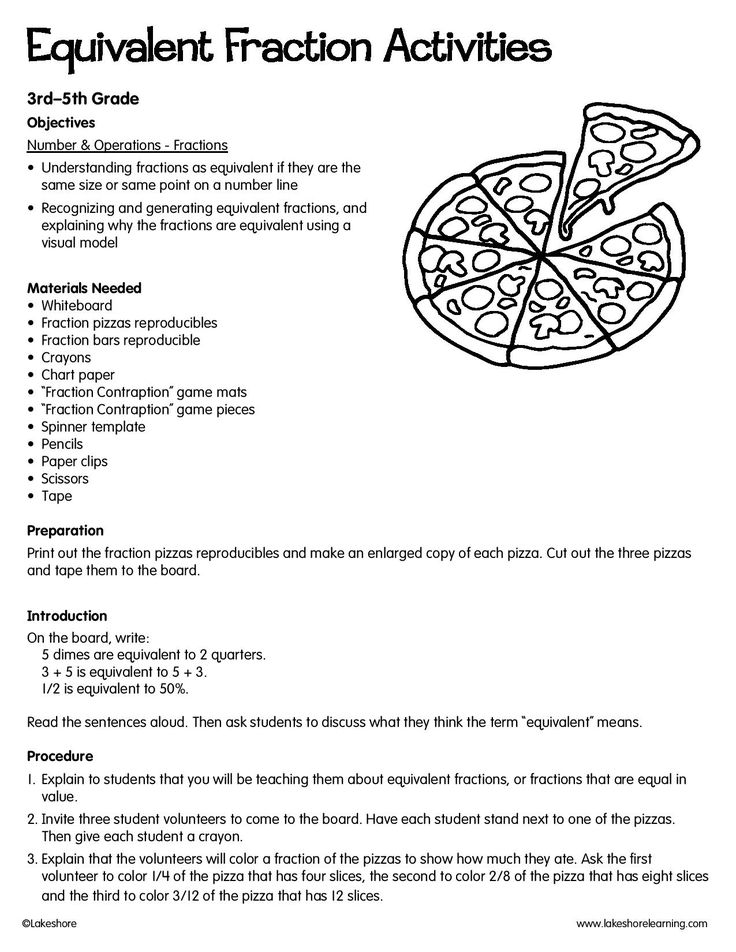 ..
..
For example:
(a+b)0 = 1
(a+b)1 = a1+b1 = a+b
(a+b)2 = a2+2ab+b2
(a+b)3 = a3+3a2b+3ab2+b3
(a+b)4 = a4+4a3b+6a2b2+4ab3+b4
...
KEY QUESTIONS
● How will you apply this learning session in your classroom?
● What are the subject areas in Mathematics and Physical Measurement wherein this modus of operand will help the
students grasp the concept?
● How will this technique help the students to apply it to their real life problems and applications?
AUTHOR NOTES
For a group of 30 Students, you may have to split them into a batch of 5 students each. So for each batch you would need one set of cubes without names engraved on them and one more set of cubes with name engraved in them. During the first 75% of the teaching pedagogy you would need only the cubes without the names engraved.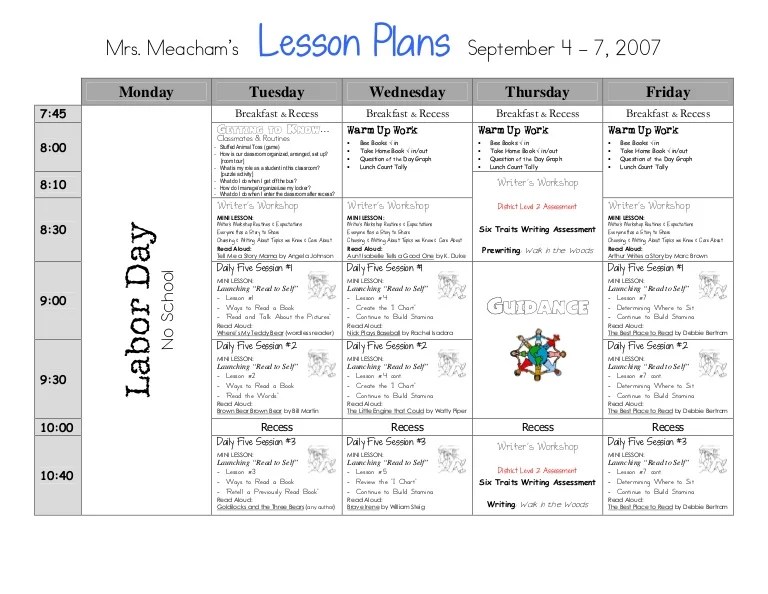
After the printing of a cube is initiated, you may collect the cubes (without names) back and then hand over the cubes with names and teach them the mathematical expression and ask them to assemble.
The A2B and B2A models need to printed in quantities of 3 each. The A3 and B3 models need one quantity each. Also the A2B and B2A models need to printed in quantities of 3 each. The A3 and B3 models need one quantity each.
**Remember in order to print them in different colors, you will have to load them separately.
Download PDF
LEARN MORE
"3D printing in the life of our society"
Educator additional education: Ivanyushin Pavel Alexandrovich
Outline extracurricular lesson on the topic:
"3D printing in the life of our society"
life of our society”
Purpose of lesson :
1) formation knowledge about 3D printing, its significance for society and man
2) development cognitive interests, creative thinking
3) definition benefits and harms of new technology and whether 3D printers should be available for general audience
Tasks:
Educational : promote the formation of knowledge about 3D printing, its significance for society and man;
Developmental: continue replenishment of the vocabulary and scientific vocabulary of students, to familiar words new meanings are added, new concepts are introduced.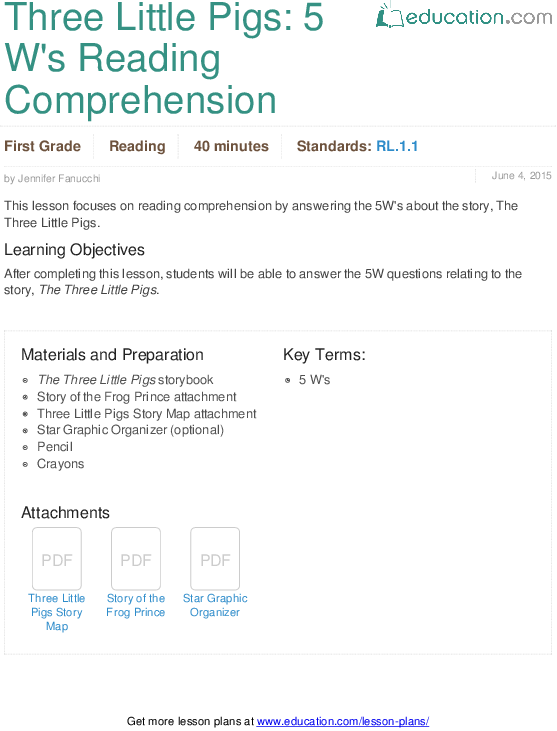 The culture of speech develops logical thinking through joint and independent work in the classroom. nine0003
The culture of speech develops logical thinking through joint and independent work in the classroom. nine0003
Educational : teach argue your opinion, know and strive to comply with the rules of work in group, the ability to listen to a classmate and draw logically correct conclusions, following from the information received.
Planned results :
Subject:
to systematize the idea of 3D printing and its functions;
understand the role of 3D printing.
Personal:
educate the ability to listen to others, to express their point of view;
take part in the dialogue;
develop interest and respect for the subject;
broaden the horizons of students.
Metasubject :
draw conclusions;
develop attention, oral speech;
evaluate the correctness of the actions. nine0003
Teaching methods : problematic, active learning method.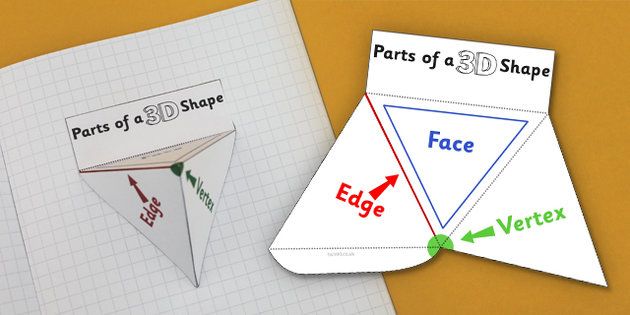
Training forms works : frontal work; practical work; group work; individual work.
Duration lessons: 45 minutes.
Technical teaching aids : teacher's personal computer; projector; screen; tablets of students, handouts (cards).
Stroke classes:
1. Organizational part:
1. check readiness;
2. security necessary materials, tools, equipment.
- Guys, in what mood did you come to the lesson?
Show card.
Children Show a red card if you are in a good mood and a purple card if you are in a bad mood. mood.
In our The country has many different holidays. One of them is February 8 - the Day of Russian Science. (Slide)
Therefore today we have a "scientific" lesson.
Pick up Associations to the word science: (Slide)
Our life is not stands in place. People have more and more needs. Science opens the way to the future for us. It saves lives, makes it possible to know the world around and even the mysteries of the universe.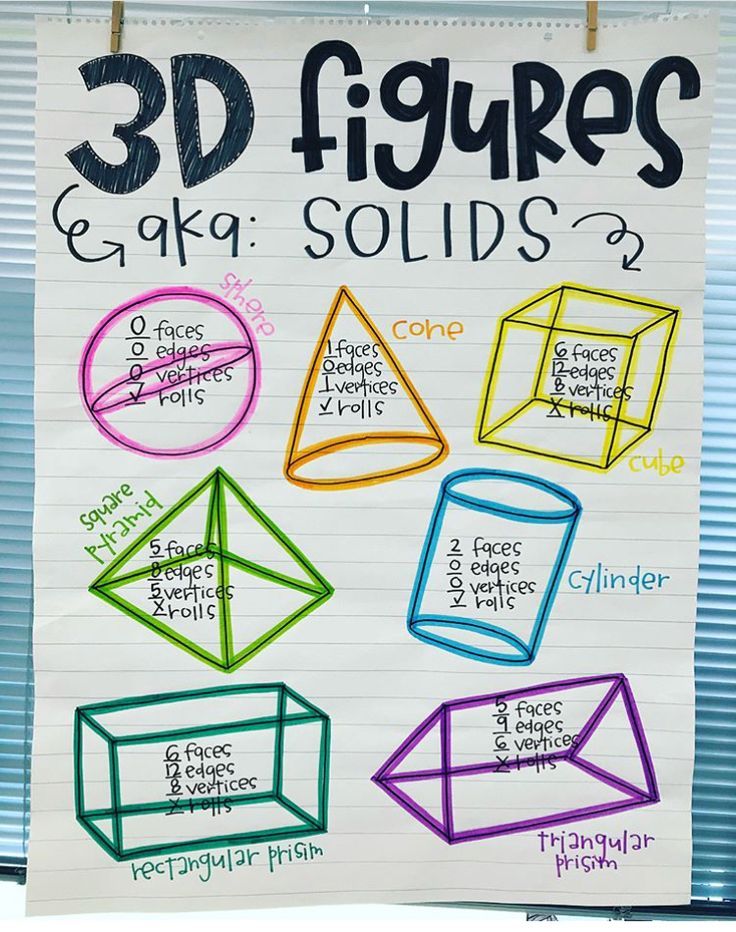 Only thanks to the development of science, we now have a lot of high technology, medical discoveries, household and industrial devices that facilitate and improve our life.
Only thanks to the development of science, we now have a lot of high technology, medical discoveries, household and industrial devices that facilitate and improve our life.
Guess rebus. (Slide)
- What is a printer? How does he work? nine0003
- Many of you know about such an invention as 3D glasses.
- Lift arm, who watched movies or cartoons with 3D glasses?
- How are you Do you see the surrounding objects and heroes in such glasses?
- Right, we see a three-dimensional image.
- Did you hear Are you talking about 3D printers?
- Imagine yourself a situation that you urgently need to buy a chair or your chair is broken ruler.
- What are you will you do?
- But already the day is not far off when you can get a designer chair or a new a beautiful line even without leaving home and without a store delivery service. nine0003
Main, so that you have a 3D printer at home.
Any object you can print it yourself.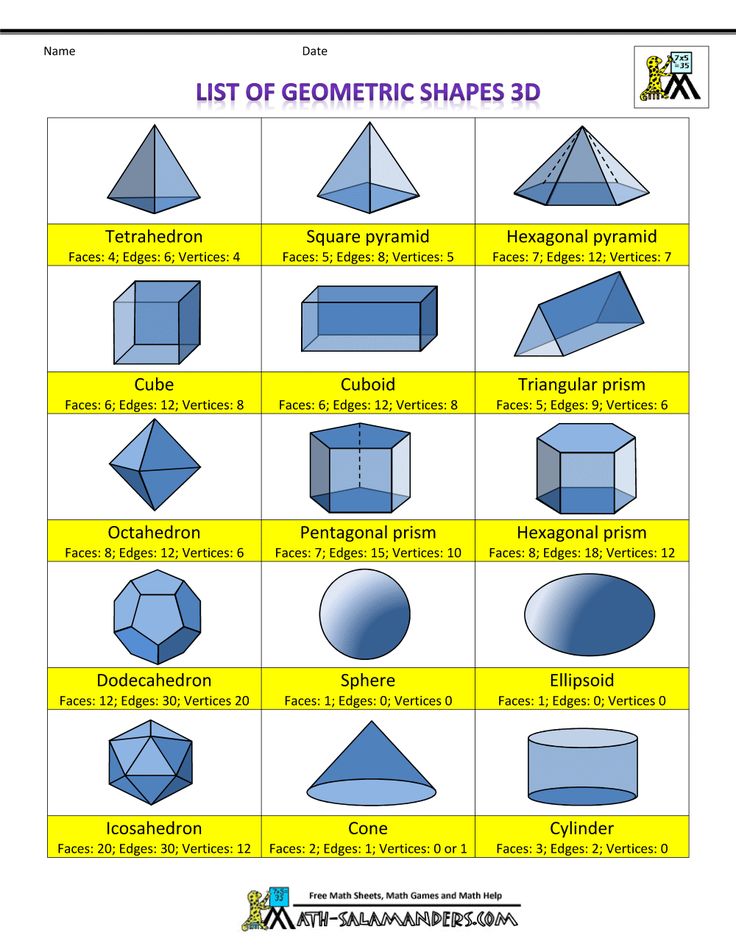
All this can seem like a fantasy.
But know this is already a reality and very soon everyone will have such printers, like a telephone, tablet or computer.
- Printer - This is a computer device designed to print information on paper.
- They are like real, voluminous. - answers children
- Let's go to a regular grocery store. nine0003
- Let's see goods on the Internet and place an order.
Formulation topics and objectives of the lesson
Guys, who has already guessed how What is the topic of our lesson?
- Compile and write down on a sheet of questions about what you would like to know about the topic of our lesson.
Finding answers to these questions and will be our lesson objectives.
At the end of the lesson, we will check were we able to get answers to these questions.
"3D printers in our lives”
1. What is a 3D printer and how does it work? nine0003
2.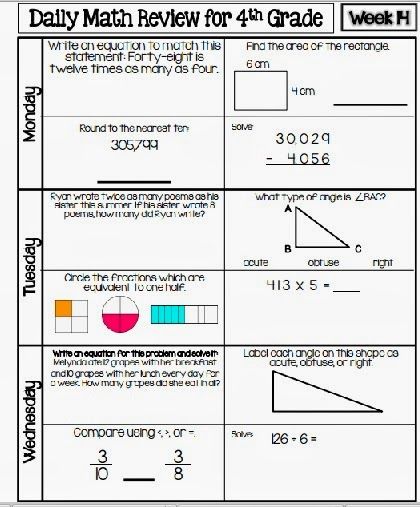 What material can the object be printed from?
What material can the object be printed from?
3. Does 3D printing harm the environment?
4. Should 3D printers be available to everyone?
Opening new knowledge
View VIDEO "Interesting facts”
(Try to remember how more information is possible)
Conversation on viewed video:
- What do you like the most surprised?
- What interesting things did you learn?
- What is a 3D printer? nine0003
What material can print items?
- Where is 3D printing used?
- A 3D printer is a device that with which you can print three-dimensional (three-dimensional) objects.
- Of plastic, metal, biological substances, chocolate
- In medicine (prostheses, Internal organs, body parts for humans and animals)
- In industry (cars, parts for rockets, musical instruments, food for astronauts)
- In construction (residential buildings, offices, architectural structures)
PHYSICAL MINUTE
- And now you watch the video on tablets, which shows the process of growing objects on 3D printers.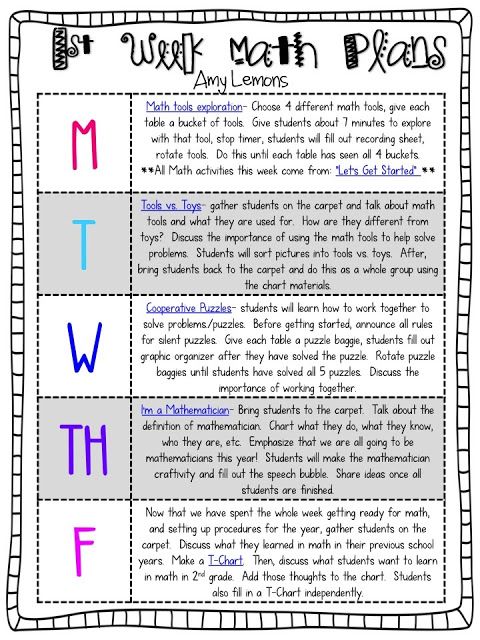
- Tell me what the story was about.
- you yourself made sure that any items from a toy can be printed on a 3D printer to weapons.
Items like useful and very dangerous.
- Tell me Guys, can 3D printers be accessible to anyone? nine0003
- Why not?
- How are you Do you think 3D printing is a useful invention?
- Can they be disadvantages and even harm from using 3D printers?
Reply to the following task will help you to answer these questions:
In envelopes stripes lie, you read statements, discuss in groups and
- 1 row selects statements that talk about the benefits of 3D printing, and
- 2nd row - about HARM OF 3D printing.
extra set the strips aside. nine0003
CHECK.
- Look, we got about the same number of statements "for" and "against".
What is the conclusion can be done? - children's answers
Need sell printers with special permission so that people can buy them, able to use them wisely.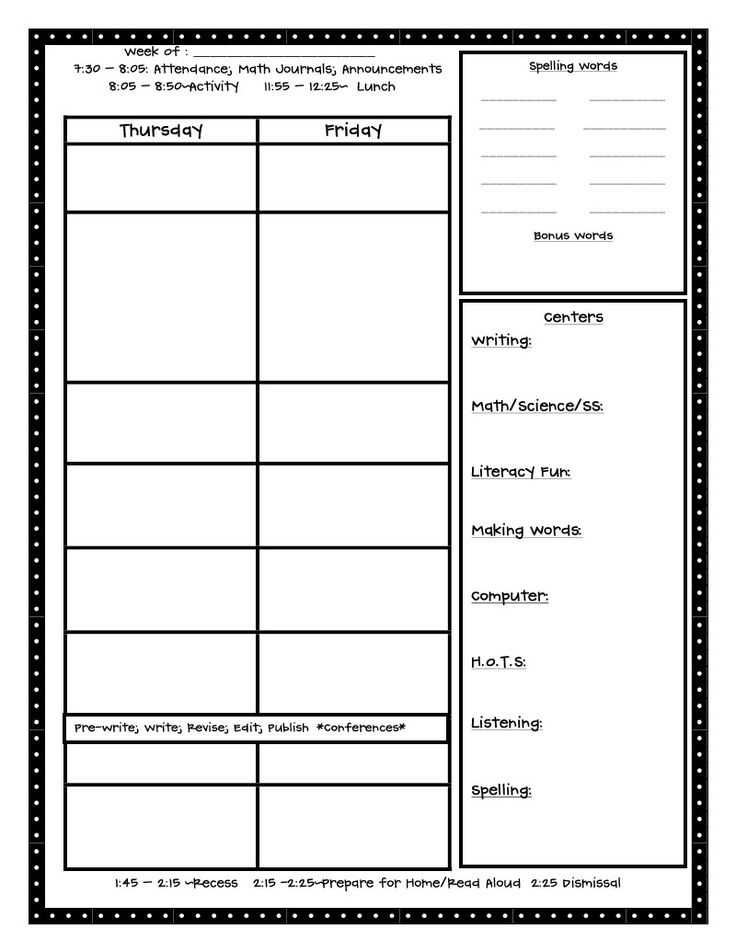
Children go out to the board, read the statement and attach it to the board.
- Invention useful, but you need to use it correctly.
Reflection
So, let's go back to the questions we wrote down at the beginning of the lesson. nine0003
- Did you receive answers to your questions?
- Who liked our "scientific" lesson?
- Who is interested in this topic?
- Would you like to learn more about 3D printing?
Guys, I wish you
New events,
New impressions,
Experience, discoveries,
Knowledge and skills.
Dear guys! New events for you, new impressions, experience, discoveries, knowledge and skills, friendship and fun, laughter and enthusiasm, unforgettable days in bright school walls. nine0003
Why do we need 3D printing in schools?
Today, the use of 3D printing technologies in education is only just beginning to gain momentum, but already there are amazing prospects.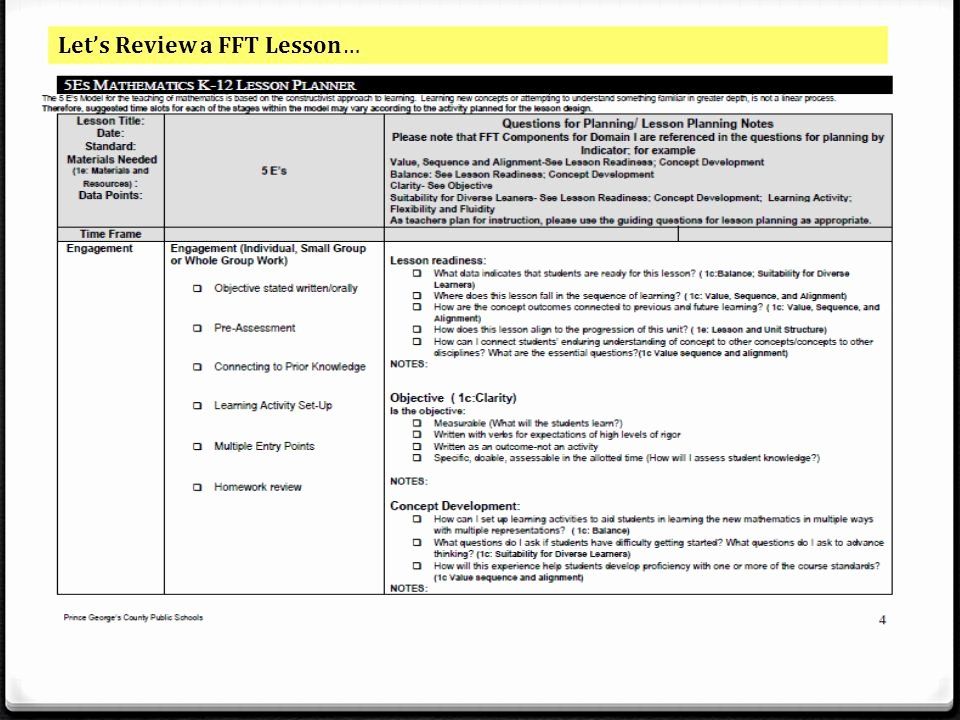 3D printing can be introduced to primary and secondary schools, universities and other educational institutions. One of the reasons 3D printing has been slow to take off is the lack of awareness of the technology among education decision makers. nine0003
3D printing can be introduced to primary and secondary schools, universities and other educational institutions. One of the reasons 3D printing has been slow to take off is the lack of awareness of the technology among education decision makers. nine0003
3D printing technology is still quite new, so the introduction of it in schools can have a significant impact on future development. At an earlier age, it is much easier to introduce new ideas and methods to a person. That is why children learn foreign languages much faster than adults. And that's why elementary and middle schools are the perfect place to introduce 3D printing courses.
Almost every subject taught in school can benefit from 3D printing – here are a few examples. nine0003
3D printing in mathematics
3D printing is already being used in teaching mathematics, in particular for the visual demonstration of graphs and mathematical models. Some students find it difficult to understand the numbers and charts they see on paper.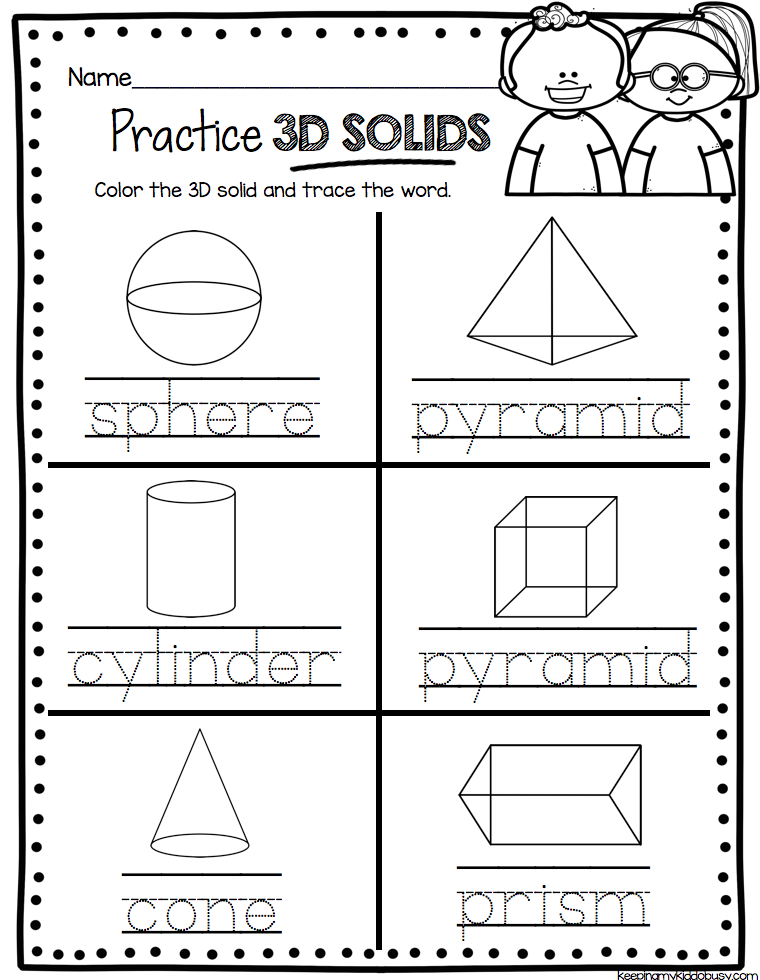 This does not mean that they are not capable of learning - it is just a feature of the brain. 3D printing helps these students see equations, graphs, and complex mathematical models in a real-life way – and thus understand them. It is also important that 3D printing brings an element of variety to a subject that is usually quite boring. nine0003
This does not mean that they are not capable of learning - it is just a feature of the brain. 3D printing helps these students see equations, graphs, and complex mathematical models in a real-life way – and thus understand them. It is also important that 3D printing brings an element of variety to a subject that is usually quite boring. nine0003
3D printing in geography and geology
3D printing technologies can be used to show students geological formations at a scale that cannot be seen in a 2D image. We have already seen not only successful examples of the use of 3D printing in the teaching of geography and geology, but also how scientists used 3D printing to land a lander on a comet, choosing the best place to land on a 3D model. In addition, earthquake models were printed on a 3D printer for comparative analysis, as well as models of the causes and consequences of hydraulic fracturing in the development of oil and gas fields. Of course, living in a 3D world, it is best to teach geography and geology using visual 3D models.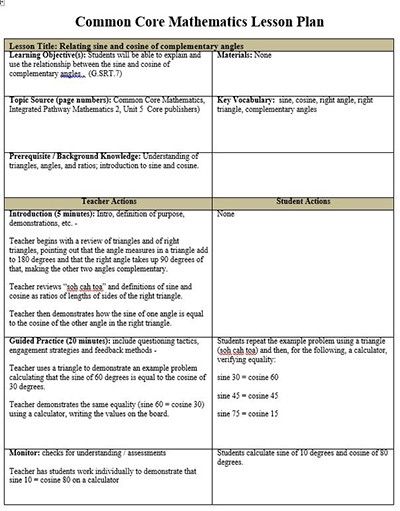 If textbook authors agree on the importance of 3D printing and want to incorporate it into lesson planning, they can include 3D printing files in each chapter. This will make the lessons more interesting and informative for both students and teachers - for example, you can print reduced models of mountain ranges, rivers, canyons and other geographical objects on a 3D printer. Thus, children will be able to observe some famous places of the world with their own eyes without leaving the classroom. nine0003
If textbook authors agree on the importance of 3D printing and want to incorporate it into lesson planning, they can include 3D printing files in each chapter. This will make the lessons more interesting and informative for both students and teachers - for example, you can print reduced models of mountain ranges, rivers, canyons and other geographical objects on a 3D printer. Thus, children will be able to observe some famous places of the world with their own eyes without leaving the classroom. nine0003
3D printing in history
It can be said that history as a subject will benefit the most from the introduction of 3D printing. Museums around the world are finally beginning to recognize the enormous potential of 3D scanning and 3D printing, not only to create replicas of ancient objects, but to give visitors the chance to literally touch them. Previously, throughout the museum there were signs "Do not touch the exhibits with your hands." Now that replicas of objects can be produced using high-precision 3D printers and scanners, museum visitors have the opportunity to touch the exhibits, many of which are virtually indistinguishable from the originals.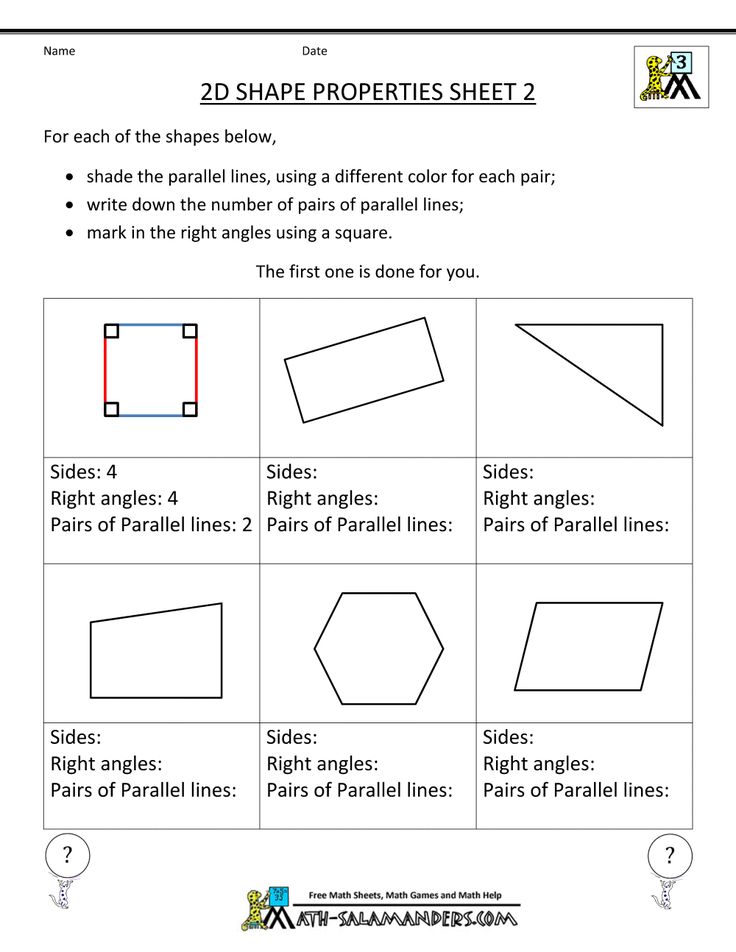 Now imagine that in every history class, students will have the opportunity to print copies of historical objects on a 3D printer from the mass of STL files available for download. Now every school will have access to museum exhibits right in the classroom. In addition, it is much more interesting than reading chapter after chapter in a textbook, when many students cannot concentrate, are distracted and do not understand what they read. Being able to show an item from the era in question will make the lesson more fun. nine0003
Now imagine that in every history class, students will have the opportunity to print copies of historical objects on a 3D printer from the mass of STL files available for download. Now every school will have access to museum exhibits right in the classroom. In addition, it is much more interesting than reading chapter after chapter in a textbook, when many students cannot concentrate, are distracted and do not understand what they read. Being able to show an item from the era in question will make the lesson more fun. nine0003
3D printing in art
Of course, 3D printing can be used with great success in art classes. This technology opens up a range of possibilities for teachers, such as incorporating 3D design into the curriculum. With the help of 3D printing, students can bring the models they have designed to life - this will also make the lessons more interesting. In addition, there will be no need to be limited to a two-dimensional screen to demonstrate three-dimensional models.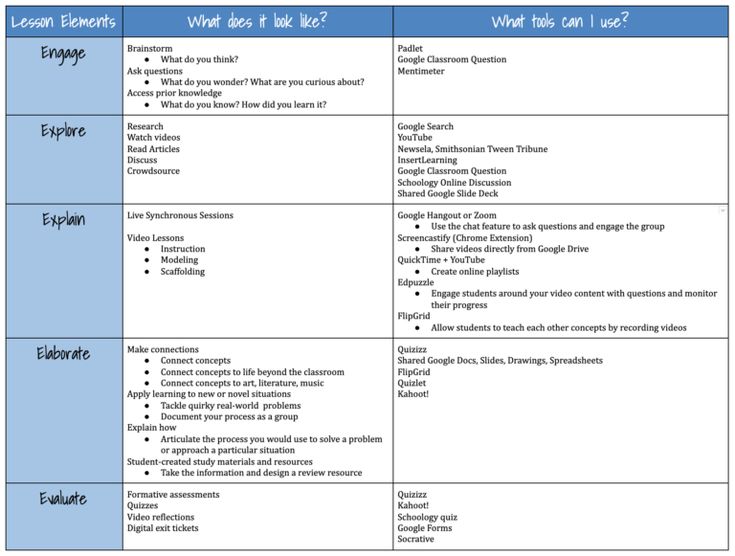 It will be possible to carry out design projects at the national and even international level, providing other schools with open access to models for printing on a 3D printer. Schoolchildren from New York will be able to work on joint projects with their peers from India, and then both schools will be able to print the result on a 3D printer. nine0003
It will be possible to carry out design projects at the national and even international level, providing other schools with open access to models for printing on a 3D printer. Schoolchildren from New York will be able to work on joint projects with their peers from India, and then both schools will be able to print the result on a 3D printer. nine0003
In recent years, a number of opportunities that 3D printing provides to the arts have already been shown, but this is still the smallest part of its potential. 3D printing allows you to take a fresh look at the creation of art objects. If 3D printing is available to schoolchildren around the world, it will be the next generation that will bring these technologies to all possible areas of art and ensure that their full potential is realized.
3D printing as a tool
Not only does 3D printing provide ways to explore different subjects, but it can also become the center of a new academic discipline. With due aspiration and the right approach to the implementation of this task, 3D printing can be taught as a separate subject.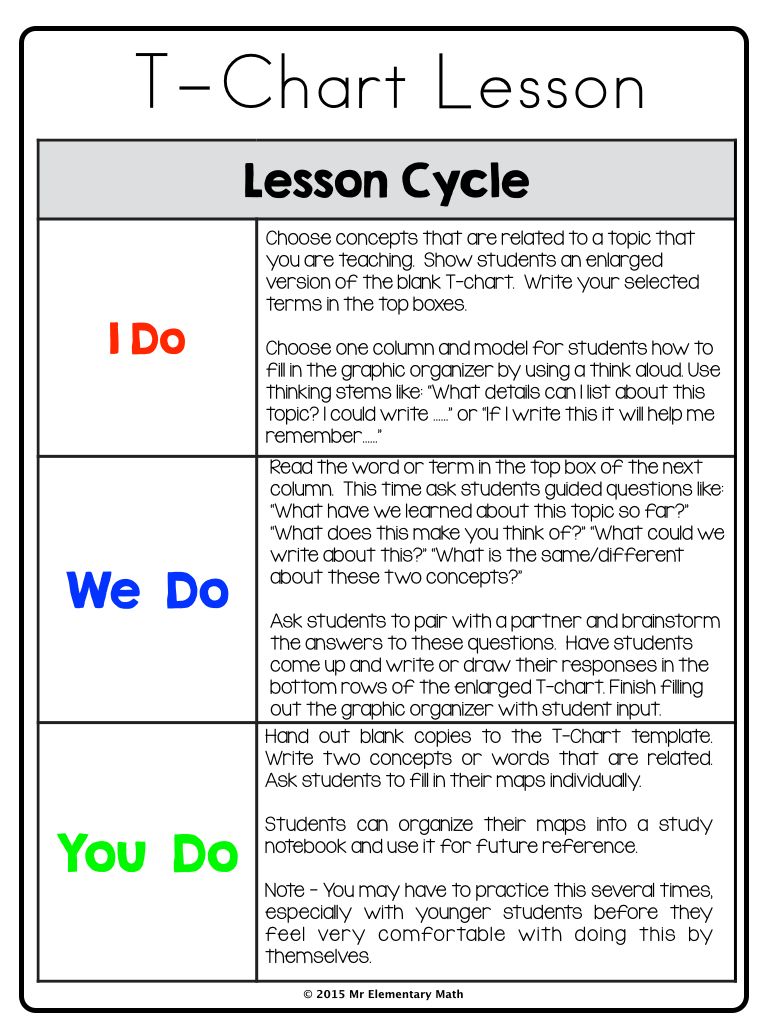 nine0003
nine0003
We live in an era of rapid development of new technologies, and one of them is 3D printing. At the same time, schools still live in the past, having not changed the teaching methods used by previous generations for decades. It's understandable that new technologies can be intimidating, especially for the conservative old guard, but there is a need for change. The introduction of 3D printing is a change that schools around the world should be thinking about.
Already, some companies are starting to develop and popularize curricula that include 3D printing as a tool or a separate discipline - and more such initiatives should be. It is impossible not to take into account another fact that hinders the development of technology - the insufficiency of the budget that most schools have. Also, most people just don't know much about 3D printing. nine0003
It is logical that when it comes to financial matters, people who are not familiar with the technology will vote against investments related to it.